introduction to sustainable agriculture in India: The production of plant and animal products, including food, in a way that utilizes farming techniques that protect the environment, public health, communities, and animal welfare is known as sustainable agriculture. Sustainable agriculture offers a much-needed alternative to traditional input intensive agriculture, with long-term effects including degrading topsoil, depletion of groundwater levels, and loss of biodiversity.
Sustainable development means that development meets the needs of the present generation, the ability of the next generation to meet its own needs without compromise. Sustainability in agriculture means that the land and resources that are being used for agriculture today are passed on to future generations in a sustainable way so that they can continue farming and have food security. This means that we have to use the land, water resources, etc. in such a way that future generations can also develop sustainably. Based on a multifaceted goal, sustainable agriculture seeks to;
- Increase profitable farm incomes
- Promote environmental responsibility
- Improving the quality farm family’s life
- Increase human food and fiber production.
Guide on sustainable agriculture in India, principles, Importance, National mission, key emerging themes, methods & practices, examples and goals
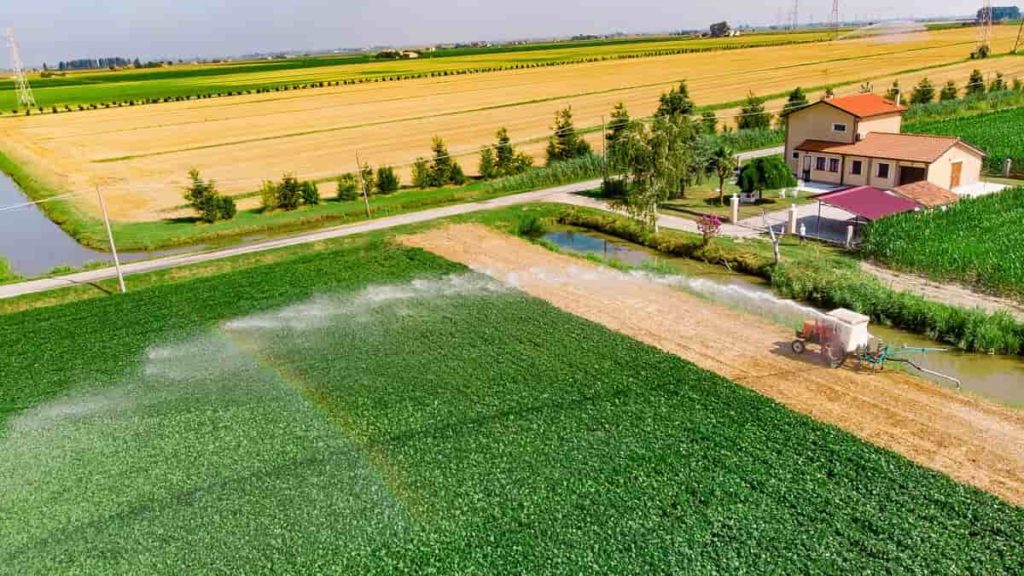
The main principles of sustainable agriculture
It focuses on maintaining the economic stability of the fields and helping farmers improve their techniques and living standards. Many farming strategies are used to help make agriculture more sustainable. Some of the most common techniques include growing plants that can produce their nutrients to reduce the use of fertilizers and reduce rotting crops in the fields, which minimizes the use of pesticides as crops They change over and over again.
Another common method is crop mixing, which reduces the risk of whole crop-destroying disease and reduces the need for pesticides and herbicides. Sustainable farmers also use water management systems, such as drip irrigation, which waste less water.
A sustainable food system does not require chemicals, conserves energy and water, emphasizes local production, reduces input and uses resources more efficiently on-site, and works within the limits of our global natural resources. To make agriculture truly sustainable, it must include the following principles;
- People’s needs – Provide nutritious food for farmers, farm families, communities, help maintain good public health, but also improve the quality of life in rural areas.
- Profit – The farming process must be profitable, otherwise, it will end quickly from the business.
- Planet and environment – Farming methods must be environmentally sound, promote healthy biodiversity and manage natural resources wisely.
Importance of sustainable agriculture
Sustainable agriculture is focused on long-term crop and livestock production with minimal impact on the environment. It seeks to strike a fine balance between the need for food production and the protection of ecosystems within the environment. In addition to food production, there are some common goals associated with sustainable agriculture, including water conservation, reducing the use of fertilizers and pesticides, and promoting biodiversity in crops and ecosystems.
It refers to low-resource farming solutions, greater diversity in crops and livestock, and the ability of farmers to adapt to local conditions. Most of the SAPS are being adopted by less than 5 million (or 4%) of all Indian farmers. Many people are practicing less than one percent.
Sustainable agriculture often involves a wide range of production methods, including conventional and organic. A regionally integrated system of plant and animal production methods is designed to produce long-term results, such as;
- Sufficient human food, feed, fiber, and fuel production to meet the needs of a rapidly growing population
- Environmental protection and expansion of natural resource supply
- Maintaining economic stability of the agricultural system
National Mission for Sustainable Agriculture (NMSA)
Sustaining agricultural production depends on the quality and availability of natural resources such as soil and water. Agriculture in India is mainly rainfed, covering 60% of the country’s net sown area and about 40% of the total food production. Thus, along with the development of rain-fed agriculture, conservation of natural resources is key to meeting the growing food needs of the country. To this end, the National Mission for Sustainable Agriculture (NMSA) is designed to increase agricultural production, especially in rainfed areas, including integrated farming, water use efficiency, soil health management, and resource conservation.
The NMSA will address key aspects of ‘water use efficiency, ‘nutrition management’ and ‘economic diversification’ leading to sustainable development through the gradual adoption of environmentally friendly technologies, the adoption of energy-efficient devices, conservation of natural resources, integrated farming, etc. NMSA aims to improve soil health management, increase water use efficiency, correct use of chemicals, crop diversification, an adaptation of crop-livestock farming systems, and crop development. To promote improved farming practices through integrated methods like sericulture, agroforestry, and fish farming, etc.
In case if you miss this: Top 50 Fish Farming Tips, Ideas, and Techniques
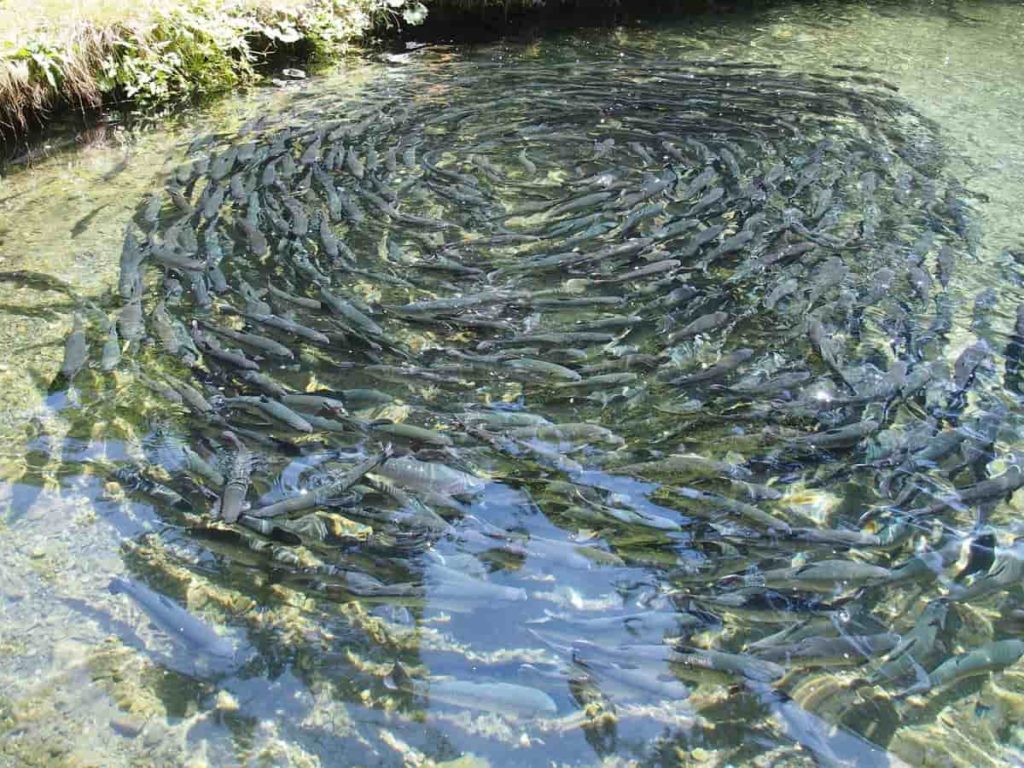
Key emerging themes in sustainable agriculture in India
The role of knowledge
Most sustainable agriculture practices are based on knowledge and successful adoption needs knowledge exchange and capacity building among farmers.
Dependence on-farm labor
Because SAPS are space-based, mechanization for various input preparations, weed removal, or mixed crop field harvesting is not yet mainstream. Therefore, SAPS requires hard work, which can be a barrier to adoption for medium to large farmers.
Motivation
The negative long-term effects of traditional agriculture are forcing farmers to look for alternatives. In addition, farmers who do not use significant external inputs in a limited resource environment are also willing to increase SAPS.
Role in food and food security
Sustainable agriculture practices and systems improve farmers’ food security by diversifying their sources of food and income. They also increase food security for families living in agriculture. However, both of these aspects require further research.
Goals of sustainable development
The three main goals of sustainable agriculture development are;
- Reducing the depletion of natural resources while making new advances.
- Creating a development that can be sustained and maintained without further harm to the environment.
- Provide ways to recreate existing developments for environmentally friendly facilities and projects.
Reasons why sustainable agriculture Is important
Nourishes and restores soil
In general, conventional agriculture is characterized by heavy farming and heavy use of fertilizers to increase field yields. Although fertilizers can help plant growth, they often lead to contaminated water that destroys the natural environment. Furthermore, excessive use of fertilizers is not only harmful to the soil environment but can also be harmful to humans. In addition, conventional farming fails to nourish the soil with the nutrients it needs to grow highly nutritious plants.
In case if you miss this: Soil Preparation In Agriculture, Methods, And Tips
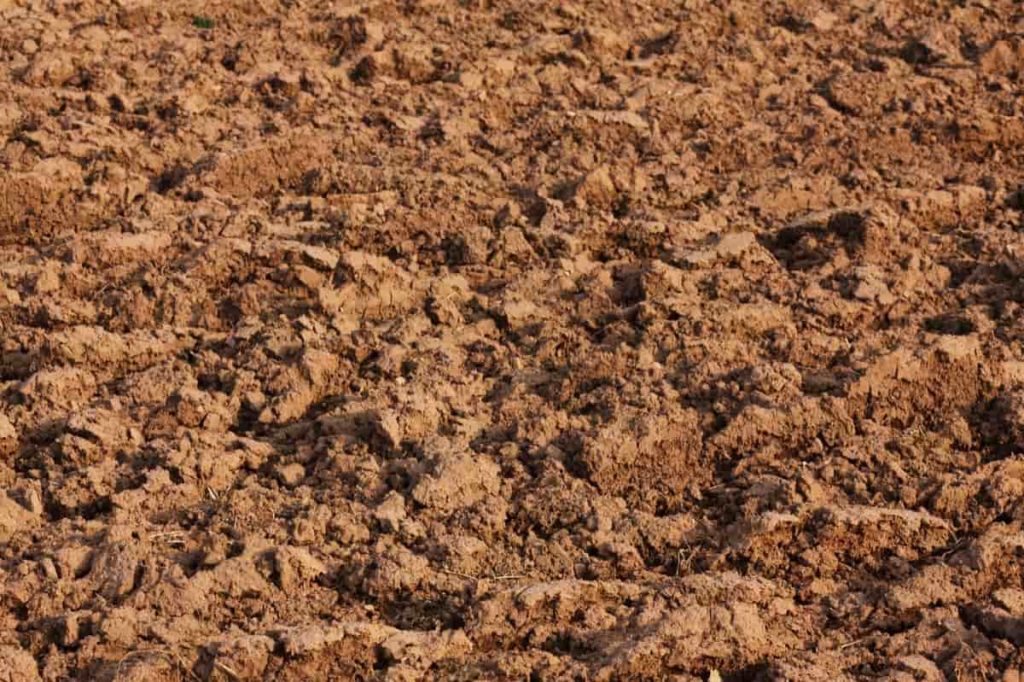
Contributes to environmental conservation
The environment plays the main role in meeting basic needs for sustaining life. In turn, we have to take care of the environment so that future generations will not be deprived of their necessities. It helps replenish land as well as other natural resources like water and air.
Public health protection
Sustainable agriculture avoids hazardous pesticides and fertilizers. Sustainable farmers can protect humans from pathogens, toxins, and other hazardous contaminants with careful and proper management of livestock waste.
Protection against GMOs
Organic farming is incredibly sustainable and can guarantee that agricultural products are GMO-free. During any stage of organic food production, the use of GMOs is strictly prohibited. It also ensures that the products grown are completely free of chemicals and pesticides, which can have serious long-term effects on the environment and human health. The use of natural techniques such as green manure, crop rotation, and grazing pastures promote safe and healthy living.
Better use of soil and land
In sustainable agriculture, both runoff and erosion are greatly reduced as crops can be rotated throughout the year, which provides the soil with different nutrients from different plants, thus increasing its quality. Fertilizer runoff is generally reduced and it provides healthy soil that is less susceptible to erosion. Sustainable agriculture also promotes the growth of natural bacteria in the soil which provides more nutrients to the crops.
Sustainable farming uses all plots of land on the farm, with numerous crops such as tall, sun-loving plants planted with small, shady plants. The advantage here is that more crops are being produced per acre; allowing farmers to use free land for conservation purposes. It also helps keep crops healthy. Regular industrial farming takes up a lot of lands, but since most plots have only a single crop, it is difficult to use the entire space.
Prevents pollution
Sustainable agriculture means that whatever waste is produced on the farm stays within the farm ecosystem. Though, in this way, waste cannot cause pollution.
Prevents air pollution
Agricultural activities affect air quality from agricultural burning; dust from tillage, traffic, and harvest; pesticide drift from spraying; and the use of nitrogen fertilizers to emit nitrous oxide.
Values diversity
The defining characteristic of industrial agriculture is monoculture, a system of farming that involves planting over a large area of land with a single plant species. Over-reliance on just one plant breed increases the risk of plant diseases, which can spread rapidly from one plant to another and wipe out the entire crop. Because monocrops are at high risk for pests and diseases, large industrial farms rely heavily on herbs and pesticides to keep their plants healthy.
Stabilizes the food supply
The aggregation of individual farms into large corporations that offer a large-scale economy to individual farmers is characteristic of industrial agriculture. However, the growth of large corporations can be dangerous because if any of them have a problem, the consequences can have far-reaching effects on food security. In contrast, sustainable agriculture is highly decentralized and therefore limits the likelihood of food insecurity due to financial difficulties, or any problem that a corporation may encounter.
Conserves and protects water
Conventional industrial farming uses a lot of water to irrigate large areas of cultivated land without emphasizing protection. Unlike these traditional methods, sustainable agricultural systems use a variety of water-saving techniques, such as drip irrigation and mulching. In addition, it focuses on perennial crops with deep roots that do not require much water. In addition, sustainable farming adopts methods that protect water resources from contamination. In particular, the farming system uses methods such as contour farming near rivers and filter strips to limit large-scale water pollution.
Sustainable agriculture methods and practices in India
A sustainable farming system should not be just organic farming. Other methods overlap many principles that are long-lasting and can be 100% organic or at least the largest part. The below-mentioned sustainable farming methods and techniques are just a few examples of the many ways in which we can achieve more sustainable agriculture.
No-till farming
It is a way of farming without disturbing the soil. It increases water infiltration, retains soil nutrients, and maintains the organic nature of the soil. Many agricultural lands have seen a reduction in soil erosion and an increase in the life of microorganisms on the soil that facilitate agriculture. As long as farming has to increase the resilience of the soil.
Permaculture
Permaculture principles and ethics can be applied to almost any area of life, including the local economy, energy systems, water supply, housing systems, and food production. The basis of food production through permaculture is the intention, design, and “work smarter” to eliminate waste and create efficient systems. Emphasis is placed on the use of perennial crops that all operate in a designed system that mimics how plants will function in a natural ecosystem.
In case if you miss this: Renewable Energy Source Diversification In Farms
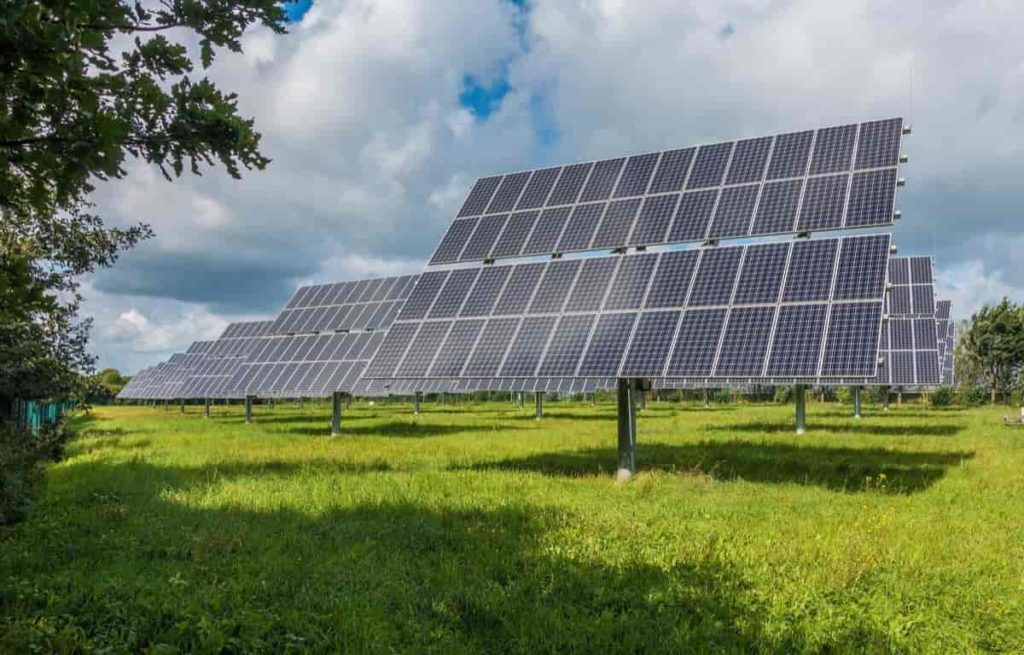
Mulching
It is the process of covering the ground with something to prevent soil erosion and to maintain soil temperature and moisture. Weed growth can be dramatically reduced by mulching. Sometimes even the most stubborn weeds can be removed by mulching. It helps in improving the soil quality. You can use organic products such as wood chips and straw for mulching, they also help maintain soil nutrients and facilitate the growth of microorganisms that stimulate crop growth.
Contour farming
Contour farming helps in soil erosion and increases water absorption and crop yield. This increases soil nutrient retention and contributes to environmental sustainability.
Biodynamic farming
It focuses on the implementation of methods such as composting, use of animal manure from farmed animals, cover cropping, or rotation of complementary crops to produce the health and soil fertility necessary for food production. Biodynamic methods can be applied to farms that grow a variety of crops, orchards, vineyards, and other forms of agriculture.
Crop rotation and diversification
Planting different varieties of crops can have several benefits like healthy soil and better pest control. Crop diversification methods include intercropping (growing a mixture of crops in the same area) and complex perennial crop rotation. Crop rotation is the most popular SAPS (Sustainable Agriculture Practices and Systems (SAPS) in India, covering about 30 million hectares (Mha) of land and about 15 million farmers. Agricultural forests, which are mainly popular with large farmers, and rainwater harvesting have relatively high coverage – 25 Mha and 20-27 Mha, respectively.
Hydroponics and aquaponics
These advanced techniques of hydroponics and aquaponics cultivation include raising plants without soil, cultivating plants through special nutrients in the water. In hydroponic systems, crops are grown directly in the mineral solution with roots or inert medium such as gravel or perlite with roots.
Aquaponics combines the rearing of aquatic animals (such as fish) with the growth of hydroponic crops. In aquaponic systems, the water containing the waste material from the aquaculture fish is used to grow hydroponic plants. After the water is used by plants, the water is re-circulated in the system so that it can be reused by fish. Both hydroponic and aquaponic systems are available in a variety of sizes, from small household-scale systems to commercial-scale systems.
In case if you miss this: Organic Hydroponics Farming, Cultivation Practices
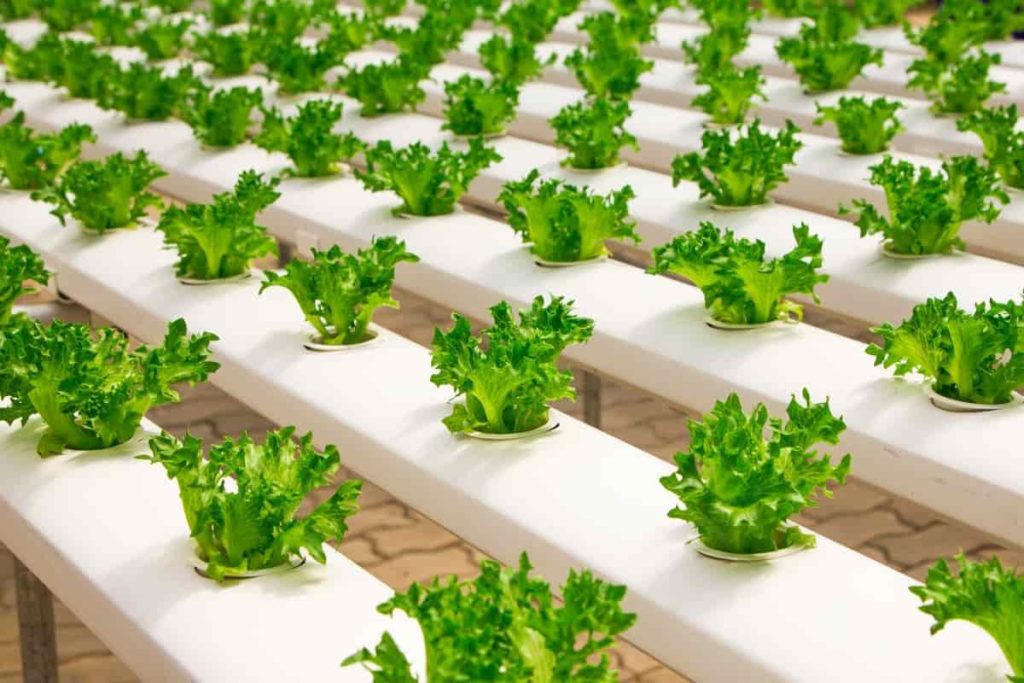
Cover crops
Cover crops, such as clover or hairy vetch, are planted outside of the season when the soil is otherwise left bare. These crops protect and build soil health and reduce the need for herbicides while preventing weeds.
Reducing or eiminating tillage
Conventional plowing (tillage) prepares the fields for planting and prevents weed problems, but can greatly damage the soil. No-till or reduced till methods, including direct sowing of seeds into the soil without obstruction, can reduce erosion and improve soil health.
Climate resilience
In many ways, the principles of sustainability serve as a strategy for managing the risks associated with erratic weather and climate change. Emphasis on soil health in crop and livestock activities, crop rotation and increasing biodiversity, and diverse product and sales sources are all examples of how we can farm in a changing climate and can make fields more flexible.
Organic farming
Organic farming is a system of production that prohibits the use of artificially made agricultural inputs (fertilizers and pesticides). Instead, it uses organic materials (such as crop residues, animal residues, beans, biological pesticides) to “maintain soil productivity and fertility and manage pests under sustainable natural resources and healthy environmental conditions. Organic farming practices cover only 2.8 Mha – or 2% of India’s 140 Mha net sown area. It is one of the fastest-growing sustainable agricultural practices in India. It has been adopted by about 800,000 farmers.
Organic farming works in harmony with nature. Because organic farmers do not use artificial fertilizers, GMOs, or pesticides, they have to fight pests, diseases, and herbs and have to grow abundant food with the help of other methods. Organic farming’s ultimate goal is to build and improve the soil, which is the basis of our food system and our livelihood. It is a system of production that maintains the soil, the ecosystem, and the health of the people. It relies on ecological processes, biodiversity, and adaptation cycles rather than the use of inputs with negative effects. Organic farmers use several methods;
- To improve soil fertility, soil structure, and reduce erosion
- To reduce the risks of exposure to humans, animals, and the environment from toxic materials
- To meet local production conditions
Urban agriculture
As most of the world’s population is predicted to live in cities in the future, there is a tremendous opportunity for urban agriculture to make a significant positive impact going forward when it comes to how we prepare our food around the world. Today, many modern and sustainable development techniques are already being used in cities, including backyard farms and gardens, community gardens, rooftop farms, growing crops in urban greenhouses, indoor hydroponic farms, and perhaps Including growing food inside urban farm towers one day.
Integrated pest management
The Integrated Pest Management (IPM) system consists of the proper use of appropriate techniques and methods to maintain the insect population below the level of economically unacceptable loss or damage. It combines cultural, biological, and chemical measures to provide a cost-effective, environmentally sound, and socially acceptable way to control diseases, pests, weeds, etc. Numerous methods, including mechanical and biological control, can be systematically implemented to control insect populations while minimizing the use of chemical pesticides.
Vermicomposting
Vermicomposting is a biotechnological composting process that uses specialized scissors to enhance the biomass waste conversion process to produce good quality fertilizer. The resulting product is a stable, uniformly shaped substance characterized by a clay shape called vermicast/vermicompost. Worm composting is different from composting because earthworms accelerate the rate of rot and are considered to be much better in quality due to their high nutrient content.
In case if you miss this: Vermicompost Production Information Guide
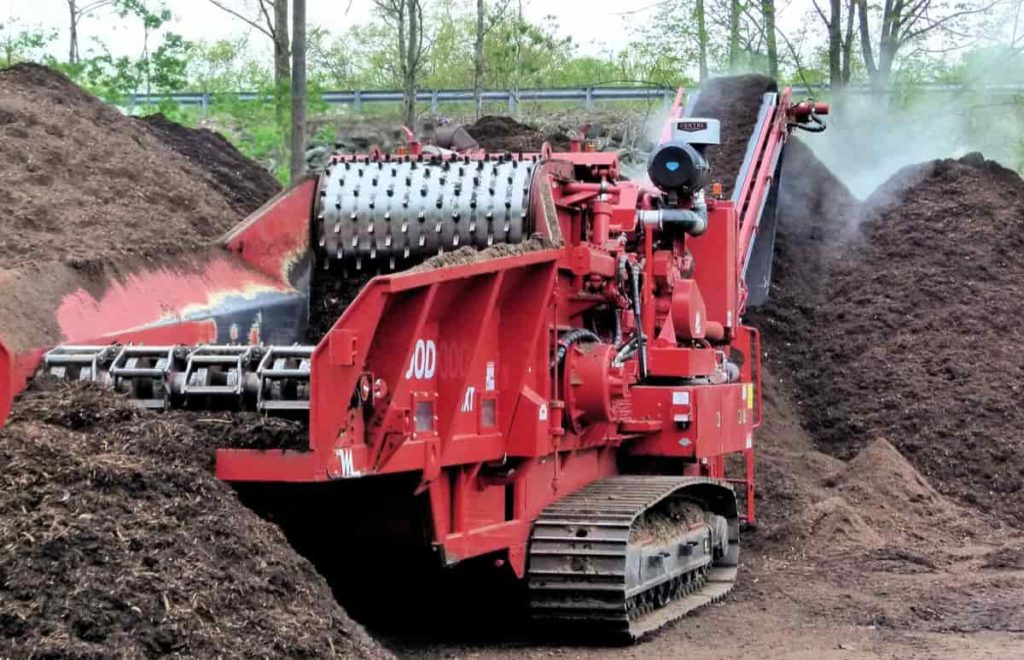
Growth of heirloom and older varieties
Due to the industrialization of the global food system, only a few varieties of plants are grown commercially. This situation was created to meet the market demand so that the products could travel long distances and be stored for a long time. Genetic deficiencies in our food crops reduce the chances of these species adapting to climate change, disease, and pest conditions.
To maintain the biodiversity of seeds, it is now necessary to grow hereditary and old varieties of crops. If gardeners and cultivators do not continue to cultivate heirloom and other old varieties of plants and save their seeds, many of the remaining species of our edible plants may be wiped out of the world forever. The loss of traditional species can be compared to the loss of an important source of genetic information and part of our ancestral heritage, as these plants have adapted perfectly to make the most of local conditions.
Conservation agriculture
Conservation Agriculture (CA) is an environmental approach to agricultural land management based on three interconnected principles;
- Minimal soil disturbance through non-cultivation or under-cultivation (maximum 25) Percent soil is disturbed)
- Permanent maintenance of soil mulch by maintaining crop residues or covering crops in the field (maintaining at least 30%);
- Diversification of crop system through crop rotation and intercropping.
Agroforestry
Agroforestry has become a powerful tool for farmers in arid areas where the soil is sensitive to desertification. This includes the growth of crops, combining agriculture and forestry practices for sustainable, productive, and diverse land use when approached sustainably. Another important role of trees is to maintain optimum temperature, stabilize soil and soil moisture, reduce nutrient flow and protect crops from wind or heavy rain. In this system of farming, trees are an additional source of income for farmers with the potential for product diversification.
Precision farming
It is an approach to farm management that uses information technology to ensure that crops and soil get exactly what they need for maximum productivity. Rather than implementing uniform input across the field, the approach aims to maximize long-term benefits and manage them on a site-specific basis to prevent waste.
Precision farming is a method where the right number of inputs is used to increase the average yield compared to traditional farming techniques. In India, the big problem is the small size of the field. More than 58% of the country’s operational holdings are less than one hectare in size. Healthy agriculture refers to the precise application of agricultural inputs about soil, weather, and crop requirements to improve productivity, quality, and profitability in agriculture.
It enables farmers to use crop inputs more efficiently, including pesticides, fertilizers, agriculture, and irrigation water. Proper farming aims to improve agricultural productivity and reduce potential environmental hazards, while the benefits are: Monitor soil and plant physicochemical parameters by installing sensors (electrical conductivity, nitrate, temperature, evapotranspiration, leaf and soil moisture, etc.).
- Economical Aquaculture: A Guide to Low-Budget Fish Farming
- 15 Common Planting Errors That Can Doom Your Fruit Trees
- How to Make Houseplants Bushy: Effective Tips and Ideas
- Innovative Strategies for Boosting Coconut Pollination and Yield
- Pollination Strategies for Maximum Pumpkin Yield
- The Complete Guide to Chicken Fattening: Strategies for Maximum Growth
- Natural Solutions for Tulip Problems: 100% Effective Remedies for Leaf and Bulb-Related Issues
- Revolutionizing Citrus Preservation: Towards a Healthier, Greener Future
- Natural Solutions for Peony Leaf and Flower Problems: 100% Effective Remedies
- Maximizing Profits with Avocado Contract Farming in India: A Comprehensive Guide
- Natural Solutions for Hydrangea Problems: 100% Effective Remedies for Leaf and Flowers
- The Ultimate Guide to Choosing the Perfect Foliage Friend: Bringing Life Indoors
- From Sunlight to Sustainability: 15 Ways to Use Solar Technology in Agriculture
- The Ultimate Guide to Dong Tao Chicken: Exploring from History to Raising
- The Eco-Friendly Makeover: How to Convert Your Unused Swimming Pool into a Fish Pond
- Mastering the Art of Delaware Chicken Farming: Essentials for Healthy Backyard Flocks
- 20 Best Homemade Fertilizers for Money Plant: DIY Recipes and Application Methods
- How to Craft a Comprehensive Free-Range Chicken Farming Business Plan
- Brighten Your Flock: Raising Easter Egger Chickens for Beauty and Bounty
- How to Optimize Your Poultry Egg Farm Business Plan with These Strategies
- Subsidy for Spirulina Cultivation: How Indian Government Schemes Encouraging Spirulina Farmers
- Ultimate Guide to Raising Dominique Chickens: Breeding, Feeding, Egg-Production, and Care
- Mastering the Art of Raising Jersey Giant Chickens: Care, Feeding, and More
- Ultimate Guide to Raising Legbar Chickens: Breeding, Farming Practices, Diet, Egg-Production
- How to Raise Welsummer Chickens: A Comprehensive Guide for Beginners
- How to Protect Indoor Plants in Winter: A Comprehensive Guide
- Ultimate Guide to Grow Bag Gardening: Tips, Tricks, and Planting Ideas for Urban Gardeners
- Guide to Lotus Cultivation: How to Propagate, Plant, Grow, Care, Cost, and Profit
- Agriculture Drone Subsidy Scheme: Government Kisan Subsidy, License, and How to Apply Online
- Ultimate Guide to Raising Araucana Chickens: Breed Profile, Farming Economics, Diet, and Care
- Bringing Hydroponics to Classroom: Importance, Benefits of Learning for School Students
- Ultimate Guide to Raising Polish Chickens: Breed Profile, Farming Economics, Diet, and Care
- Ultimate Guide to Raising Australorp Chickens: Profile, Farming Economics, Egg Production, Diet, and Care
- Silkie Chicken Farming: Raising Practices, Varieties, Egg Production, Diet, and Care
- Sussex Chicken Farming: Raising Practices, Varieties, Egg Production, Diet and Care
- Homemade Feed Formulations for Livestock: Discover Cost-effective Starter to Finisher Feed Recipes